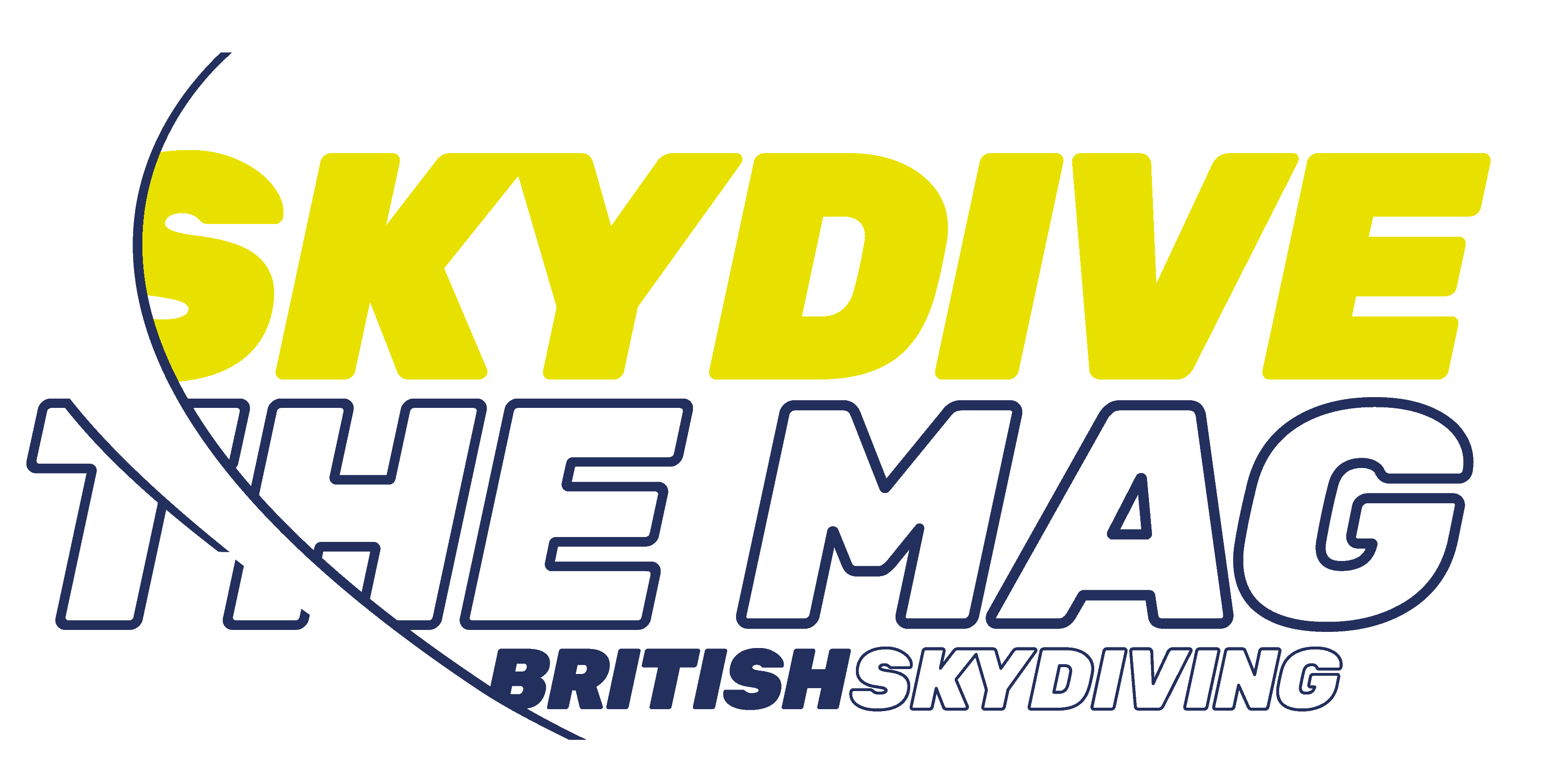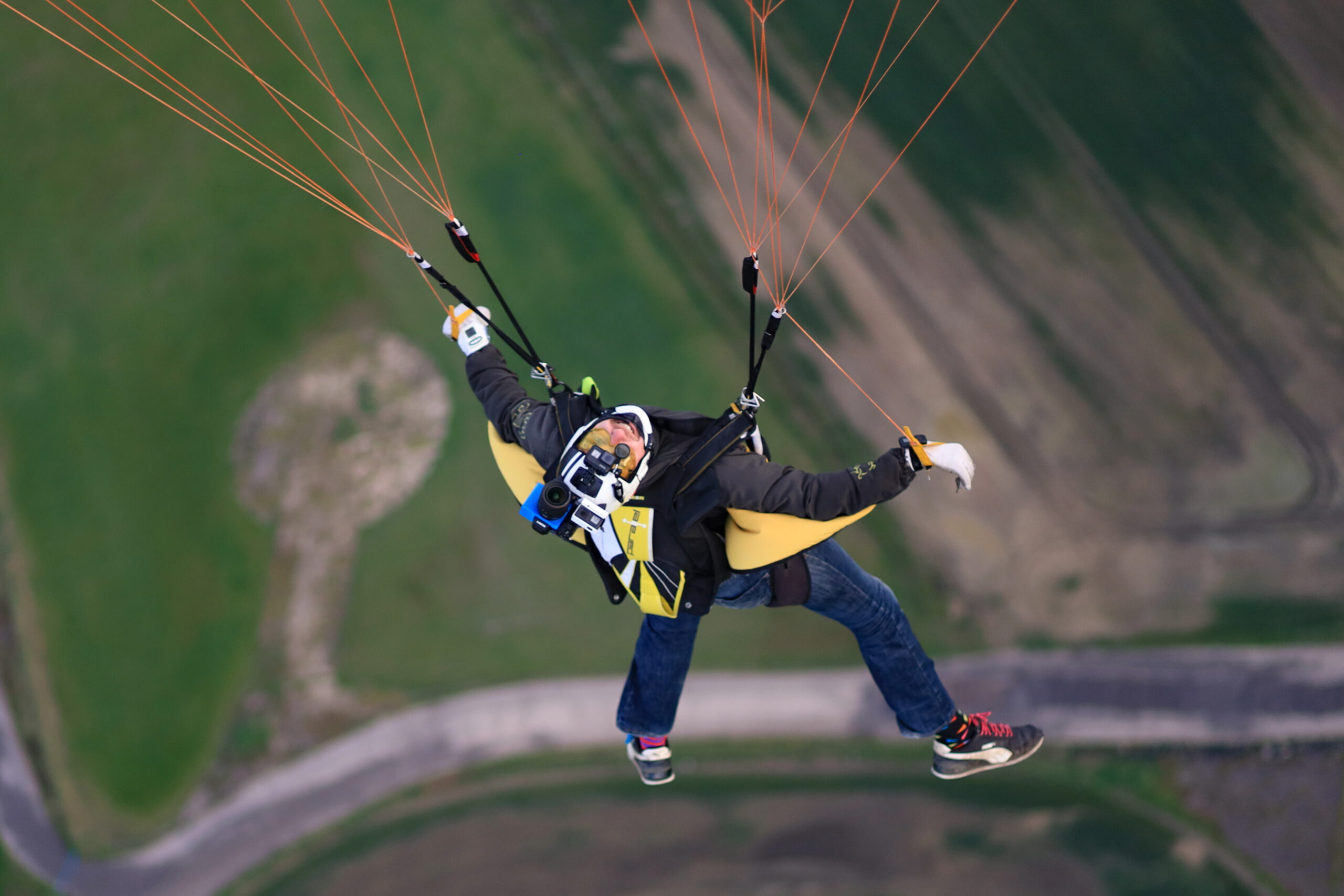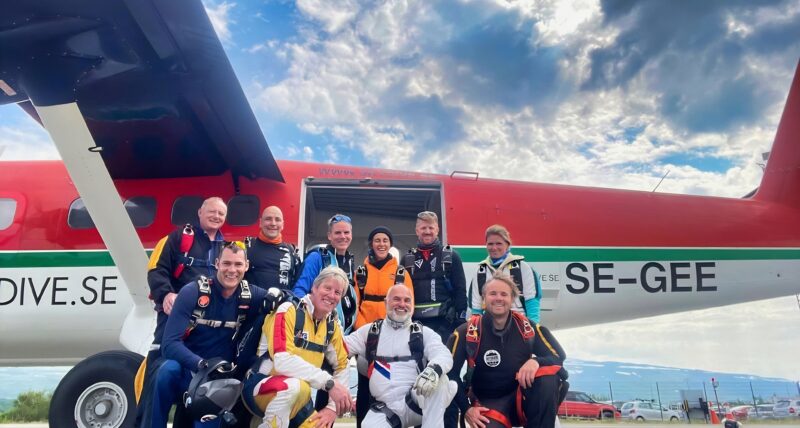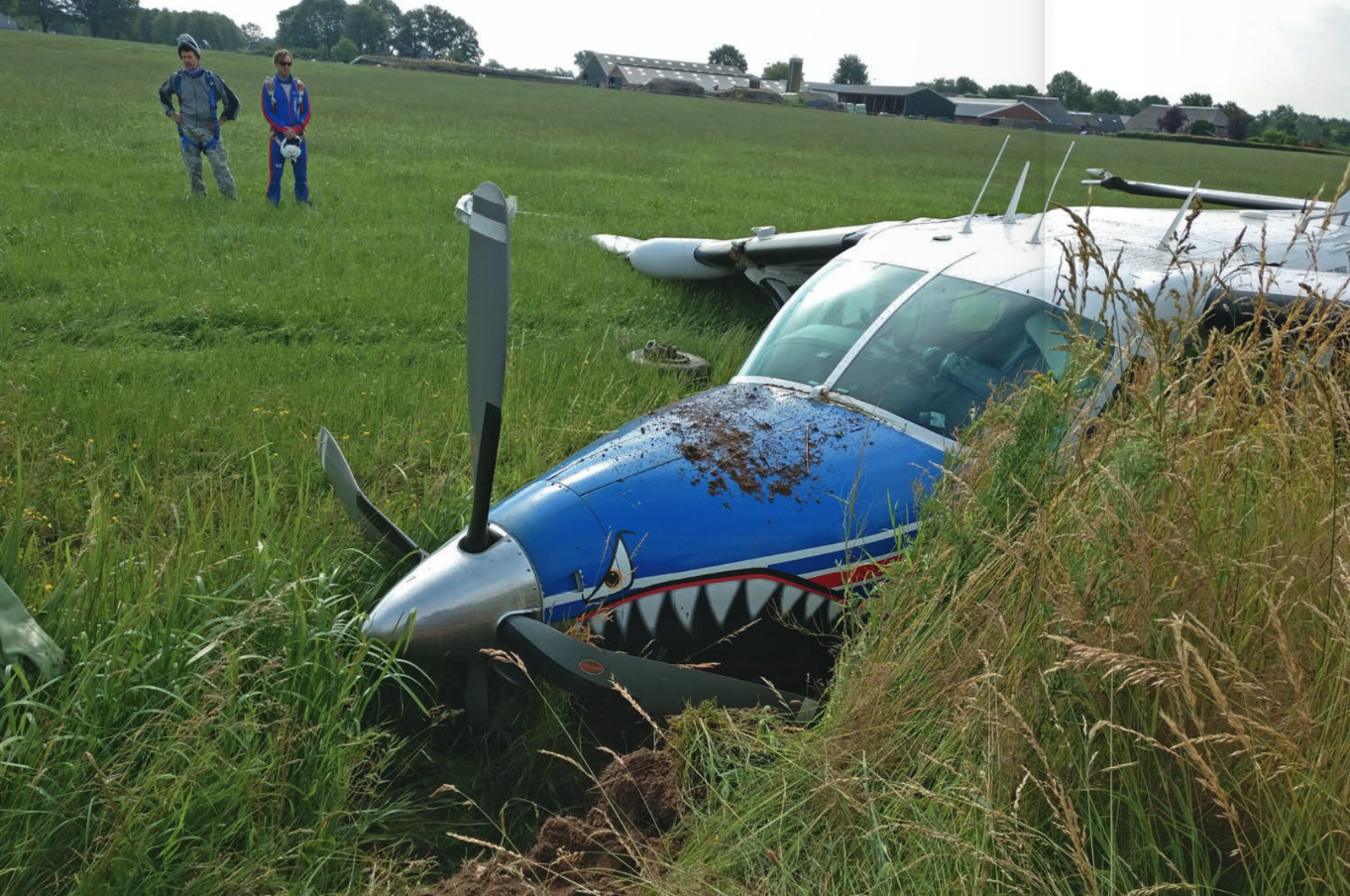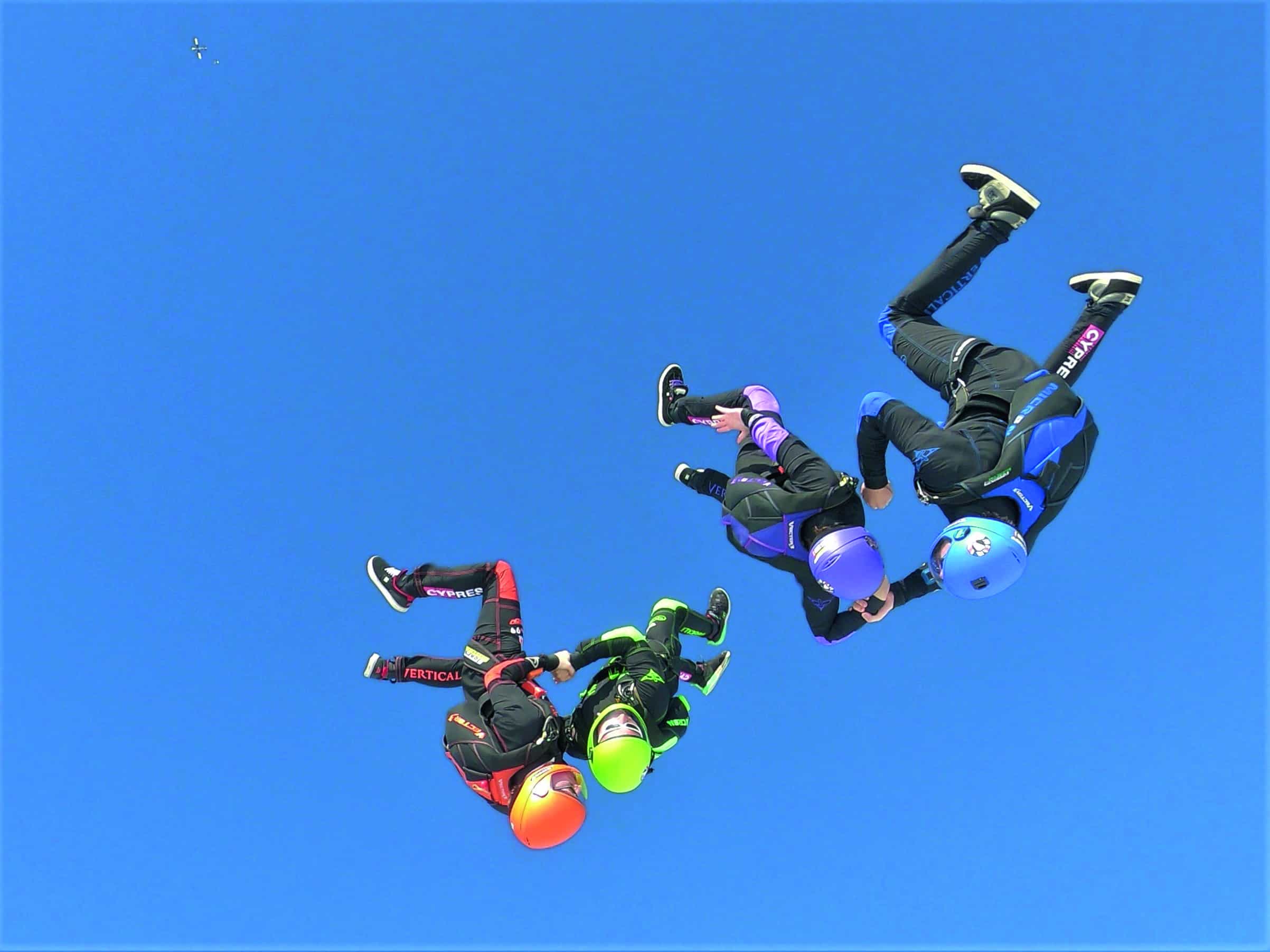The Calculus of Getting Us Out of the Data Dark Ages
Images courtesy of Gary Wainwright
Technology.” Stemming from the Greek word ‘Techne’ (τέχνη), originally meant skill, cunning or handiwork. When it leapt into Latin, its meaning morphed into the ‘systematic treatment’ of a given topic. In other words: something that begins as a kind of art becomes a practical part of how we live our lives.
This ancient interpretation beautifully captures the essence of what technology represents in skydiving: a blend of art and science, a fusion of skillful craftsmanship and innovative cunning.
It’s not just about the gadgets and gear. It’s about the ingenious application of knowledge to enhance our experiences, improve safety and push the boundaries of what’s possible in our sport.
Every technological advancement in skydiving, from the simplest tool in the hangar to the gunpowder complexity of an AAD, embodies this spirit of techne. Everything we do merges human skill with the technical innovations that allow us to skydive, well, more than once.
Have you ever asked yourself: ‘In a world where artificial general intelligence is arguably just around the corner, where biomedical devices can be 3D printed using self-healing materials, where a quantum computer is able to perform a calculation that would take the world’s current fastest classical supercomputer around 47 years to accomplish… In this world, why are we pulling folded-up paper out of pockets in our rigs to register at a new DZ?’
It’s a worthy question and it’s time to start answering it, and more. More than once, over the course of my time in the sport, I’ve heard something along the lines of “the Ops manual/rules/safety docs/etc. are written in blood.”
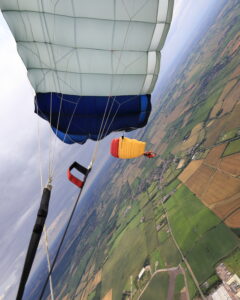
Written in blood.
I understand, of course. But I’m not a fan. Why not start harnessing data so we can change our inkwell to write more proactively than reactively? It’s about time.
Innovation = The Catalyst
It’s only natural that our innate curiosity will drive us to contemplate the future of skydiving.
What will the sport look like in a decade? A century? What path do we pave for upcoming generations of skydivers? And how, frankly, do we leverage existing technology to make our sport safer and more frictionless where it doesn’t inherently need to be difficult?
From the pioneering days of skydiving to our current era of more and more sophisticated techniques, the relentless pursuit of knowledge has been our cornerstone. If you zoom far enough out, you’ll see that millions of individual experiences have been translated into a repository of wisdom that elevates absolutely every aspect of the sport. Every incident examined; every test jump; every porosity check; every designer poring over CAD; every software developer refactoring a manifest system, these are the data points that our sport is made of. Even the sharing of stories around a boogie campfire can be seen as part of this landscape of knowledge-building.
It’s unsurprising, really. Going further, doing more than anyone believes is possible, we do all that as a matter of course. Exiting the door of a plane at altitude is inherently an exercise in pushing possibilities.
Innovation in skydiving, driven by our community’s audacity to challenge norms and embrace novel ideas, has been a continuous journey of transforming radical concepts into today’s best practices, reshaping our approach to gear, safety and communal engagement. Even so, most skydivers don’t even see the collective march forward as knowledge-gathering; our sport is so innovation-driven that, to most, this process is just part of the “furniture” of skydiving. In actual fact, it’s data. Lots of data.
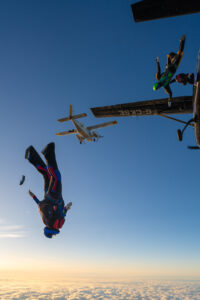
Paperwork Pain Points
Although creators and producers of skydiving gear have dedicated themselves to ensuring our equipment is at the forefront of safety and technology, it’s important to remember that this guarantee is contingent. The equipment must be properly configured, used for its intended purpose and regularly maintained for these assurances to hold true. Right? Right.
The same principles also go for you, as a human being: hence, the rigamarole that you repeat at every new DZ, every season opener and when your repack date comes around.
And so, we have paperwork.
Turn up to a new DZ and they’ll want to see your kit’s Record of Inspection (ROI) and Data Card. We prove, with these two documents, that our kit is configured correctly, properly maintained and safe to jump. In the event of an incident, that proof means that experts can investigate more-or-less confidently. They can reasonably confirm that every action in the chain was executed correctly or not. This process is not just helpful to understand the incident itself: the knowledge gained from the investigation can then disseminate to the manufacturers, to sport-wide safety teams, to the world’s instructors and, of course, to us workaday skydivers lolling on the hangar couch between jumps.
I hope I’ve convinced you of how important this is. As you may have guessed, I’m very passionate about this and I’m currently working on the problem.
Others have done a lot to lay the groundwork: Burble, for instance, and Merit, which you may have seen at work on USPA dropzones. I’ve now grabbed the torch, and my personal goal is to carry it over the horizon with a digital platform that transforms the landscape of outdoor and extreme sports by reimagining the data and its management.
There are challenges, as you might imagine. Staff-strapped operations entrenched in antiquated systems make it hard. Regulatory bodies make it harder. Even so, I’m confident that these organisations and enthusiasts don’t want to grapple with archaic methods of managing memberships, equipment, and documentation any more than I do. It’s clear that we can solve these operational headaches, safety lapses, compliance issues and the stifling of innovation due to poorly integrated data.
So far, my team and I have built a very lean MVP. Next up: a comprehensive digital profile (a “digital twin”) for each piece of equipment; a frictionless process for managing and transferring equipment ownership; a near-field communication basis for easy access to equipment data; robust user data protection and management. The goal is to empower skydiving at large, organisations, innovators, adventurers and professionals alike to focus on what they do best: pushing the limits of human potential, not of human patience with paperwork.
It’s a big dream, I know, and a little nerdy, but it brings together my two great loves, skydiving and technology, and it’s coming together. If you’re interested in knowing more about what I’m working on (or sharing your thoughts on the subject, which is always very welcome), you’re welcome to peek at kitndocs.com and/or reach out to me at jon@kitndocs.com.
